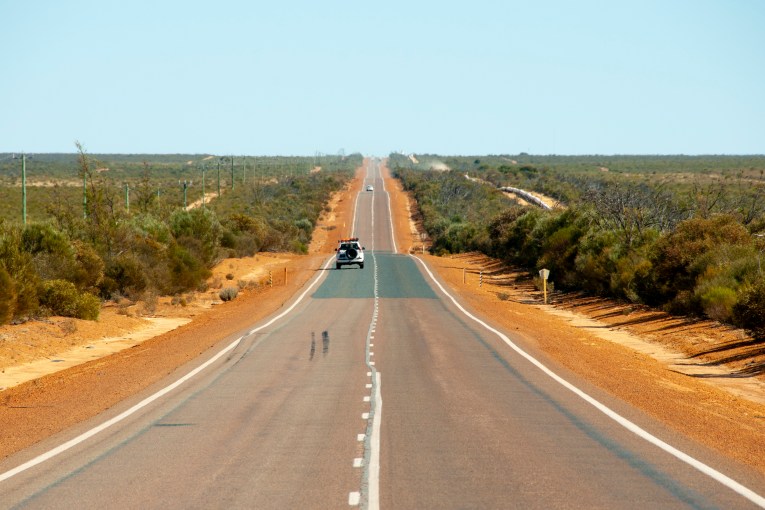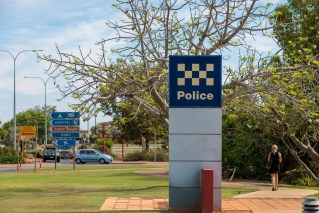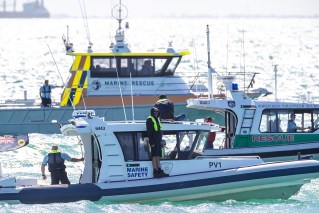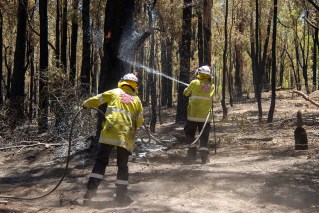Historic documents show rare insight into Napoleon’s plans for Western Australia
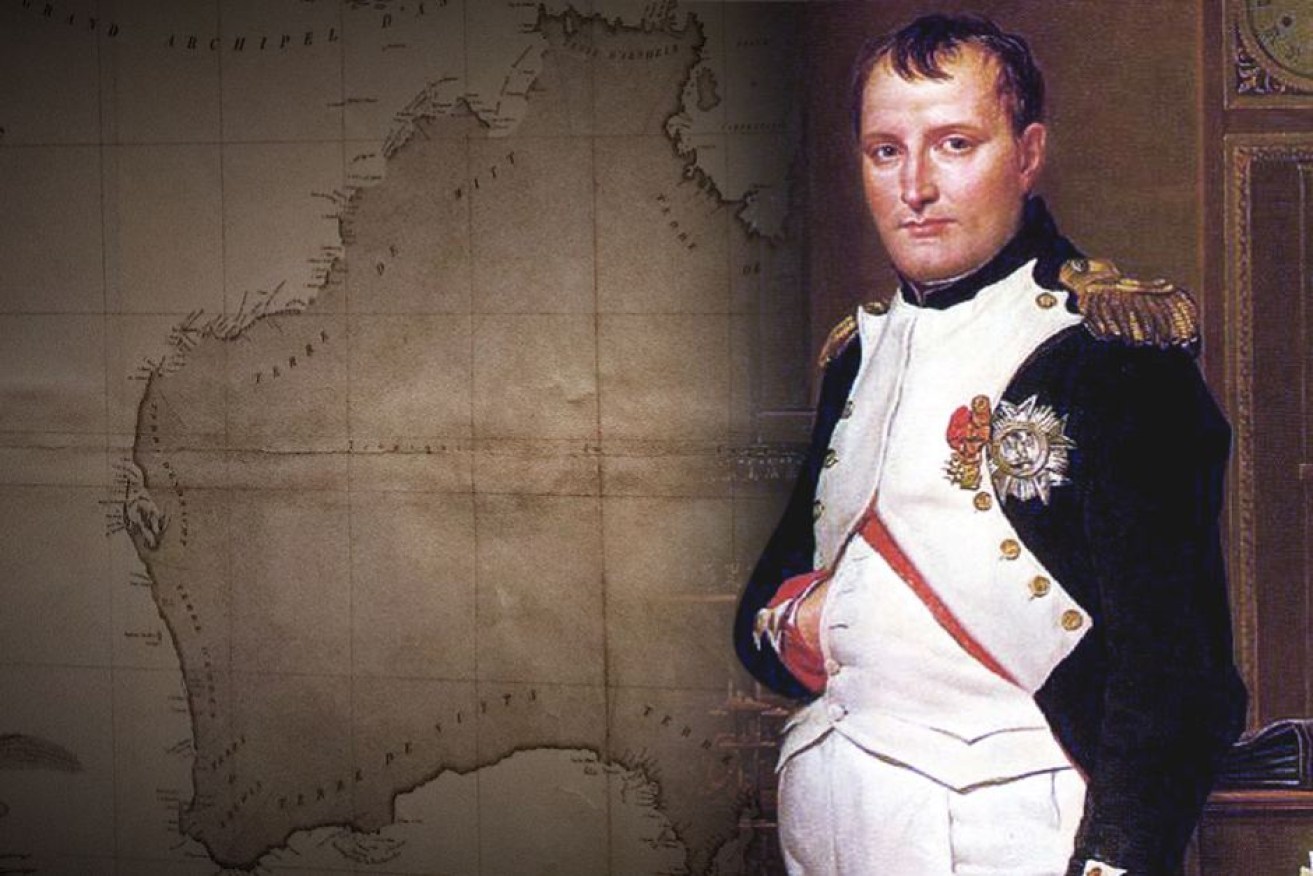
Napoleon commissioned Baudin's expedition of scientific discovery which reached the West Australian coast in May 1801. Photo: ABC
Historic documents and drawings never seen before outside France – and on loan to Western Australia – have shed more light on the theory that WA could just as easily have been settled by the French.
The artefacts, from two French-led expeditions in the early 1800s – the first commissioned by Napoleon Bonaparte – are on display at the WA Maritime Museum.
The exhibition brings together two shows –The Art of Science: Baudin’s Voyagers (1800-1804) and Return to Australia: De Freycinet’s expedition (1817-1820).
The earlier expedition, led by Nicolas Baudin with 23 scientists on board, was labelled a journey of scientific discovery.
However, Diana Jones, WA Museum’s executive director of collections and research, said it was likely the French leader had other, less scientific intentions.

For the past three decades Diana Jones has worked to identify the crustaceans depicted and described in artwork and writings from Nicolas Baudin’s expedition. Photo: ABC
“There was also a colonial aspect to it … the French and the English were, in a way, rivals to that extent,” she said.
“The British were already there on the east coast but nobody knew much about the west coast … and so the French were sent to not only discover the natural elements of the land but to look for harbours.”
Treasure trove of species
Whatever the motives, the expedition returned with more than 18,000 specimens of flora, fauna and other objects – 10 times that of British explorer James Cook, during his famous second journey to Australia.
“Of the animals, there were 3500 species new to science and there was something like 460 plant specimens new to science,” Ms Jones said.
“That doubled the number of known specimens in the world at the time.”

These samples are among more than 18,000 species collected and returned to France during Baudin’s scientific expedition to Australia. Photo: ABC
But it was a different France and a diverted and distracted Napoleon that the expedition returned to in 1804.
“By that time the political climate was different, I think Napoleon had declared himself Emperor and he was then determined to go on a different path,” Ms Jones said.
“The impetus around the expedition had gone because his attention was elsewhere.”
Baudin died during the voyage, as did many onboard.
Of the 23 scientists who had left France, only three returned.
“So this huge treasure trove that actually had come back – the actual realisation of what it was – wasn’t made at that time,” Ms Jones said.
Ms Jones said while Napoleon’s wife took possession of the more exotic, beautiful animals, with a particular affection for WA’s black swan, and the museum took on others, many of the physical samples were lost.
Through detailed sketches and descriptions from those onboard, many of those species have since been identified.
In the mid-1980s, Ms Jones was invited by France to be the first person to identify the crustaceans from Baudin’s expedition.
“I think there is quite an interest now in looking back at old expeditions and seeing what you can garner from the information in them, in terms of global warming and species distribution, and that type of thing,” she said.
“The importance of any of these old collections, which are well documented, is they tell you what it was like at that time.
“And the more you delve into them, you realise they contain answers of questions we have yet to ask.”
French first to lay claim to WA
Dr Michael McCarthy, the museum’s curator of maritime archaeology, said most people were often surprised to find out WA had been claimed by the French in 1772, just two years after Captain Cook named and claimed New South Wales for the British.

Curator of Maritime Archaeology, Dr Michael McCarthy, believes the twin exhibitions will help bring the French connection to Australia’s history into the spotlight. Photo: ABC
“Not many people know that Saint Alouarn (a French explorer) came to Shark Bay and annexed Western Australia for France,” he said.
“So this should have been French, this part of the coast, because the French actually laid claim.”
Dr McCarthy has worked with a team for the past 20 years exploring WA’s ”French connection”.
The second exhibition at the Maritime Museum is the culmination of this work.
Pieces on display are from an expedition led by Louis de Freycinet, who had been the cartographer on Baudin’s journey and in 1811 became the first person to complete a map of Australia.
Until then it was incomplete – with theories there may have been multiple islands instead of one large continent.
Diary an ‘anthropological treasure’
Then in 1817 de Freycinet set sail again for Australia.
His young wife, Rose, went with him, famously smuggling herself on board.

Rose De Freycinet’s diary, which was only meant to be seen by her friend, Caroline, is on display at the WA Maritime Museum. Photo: ABC
“She goes on board dressed as a man in the middle of the night,” Dr McCarthy said.
“The two could not bear to be separated for the time these journeys were known to take.”
It was not until the ship reached Gibraltar that she revealed who she was.
“There was hell to pay back in France until the King says ‘oh look c’mon this is very French, let’s get on with it’, and all that subsided and they continued on their way,” Dr McCarthy said.
Rose de Freycinet became the second woman to circumnavigate the world and the first to write about the journey.
Her diary was only meant to be seen by her closest friend, Caroline.
“This is an enormous thing to have because we’ve got her telling her friend, privately, what’s happening, describing everything she sees that interests her … food, clothing, customs, dances,” Dr McCarthy said.
“It’s an anthropological treasure because she never intended it to be published, therefore she’s not embellishing.”
The original of Rose’s diary is among the many artefacts on display at the WA Maritime Museum.
The twin exhibitions run from September 13 to December 9.
